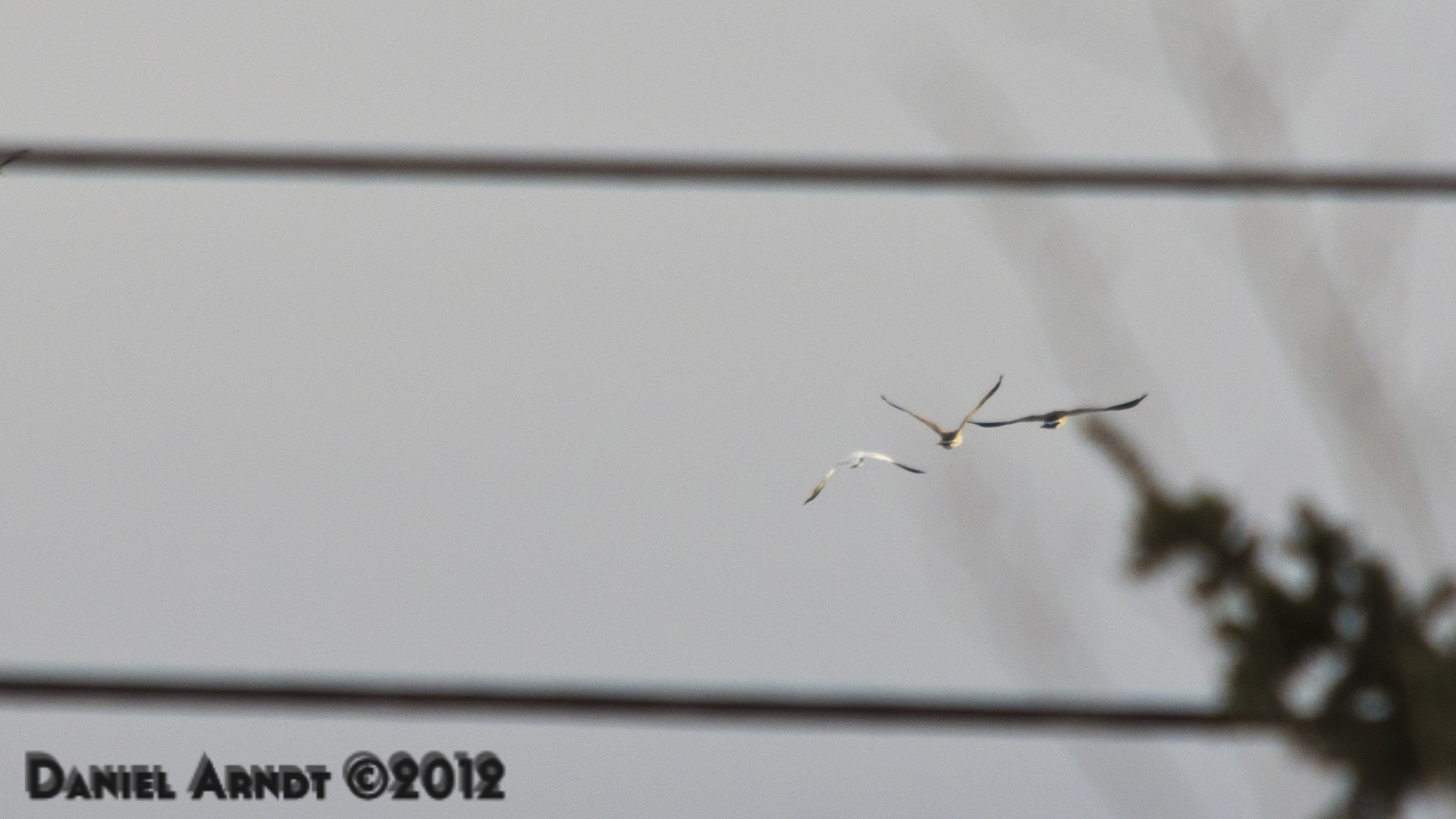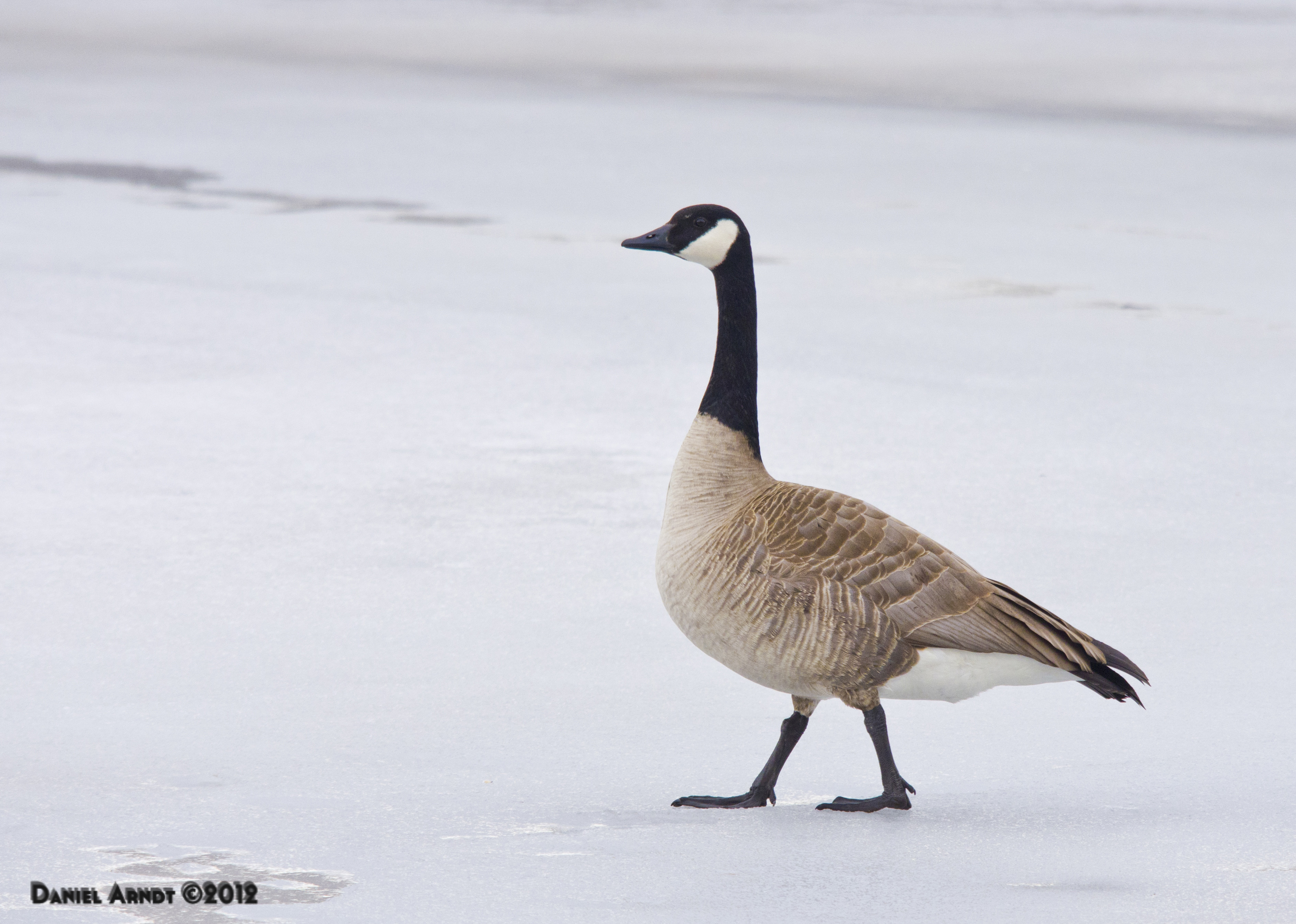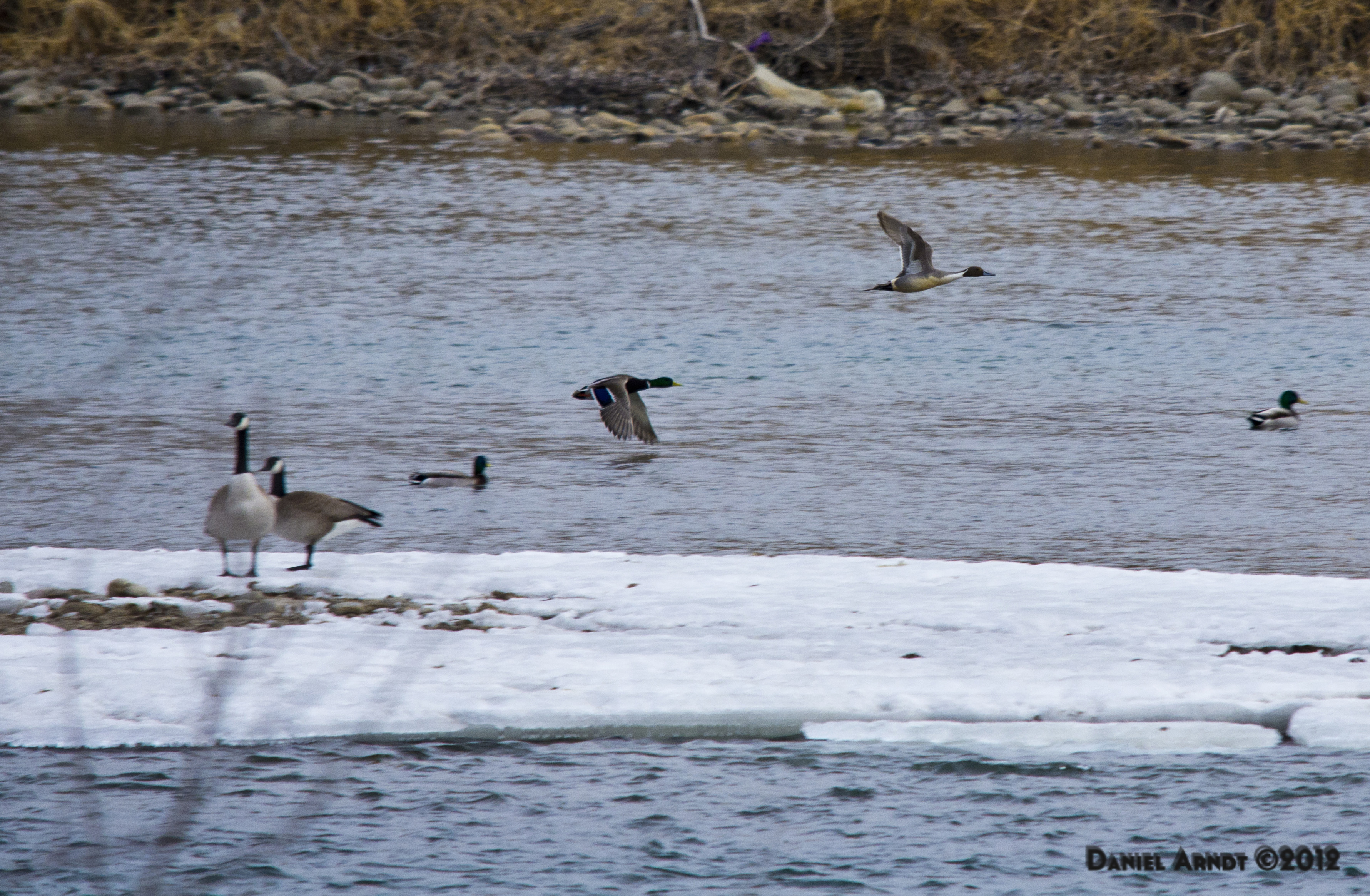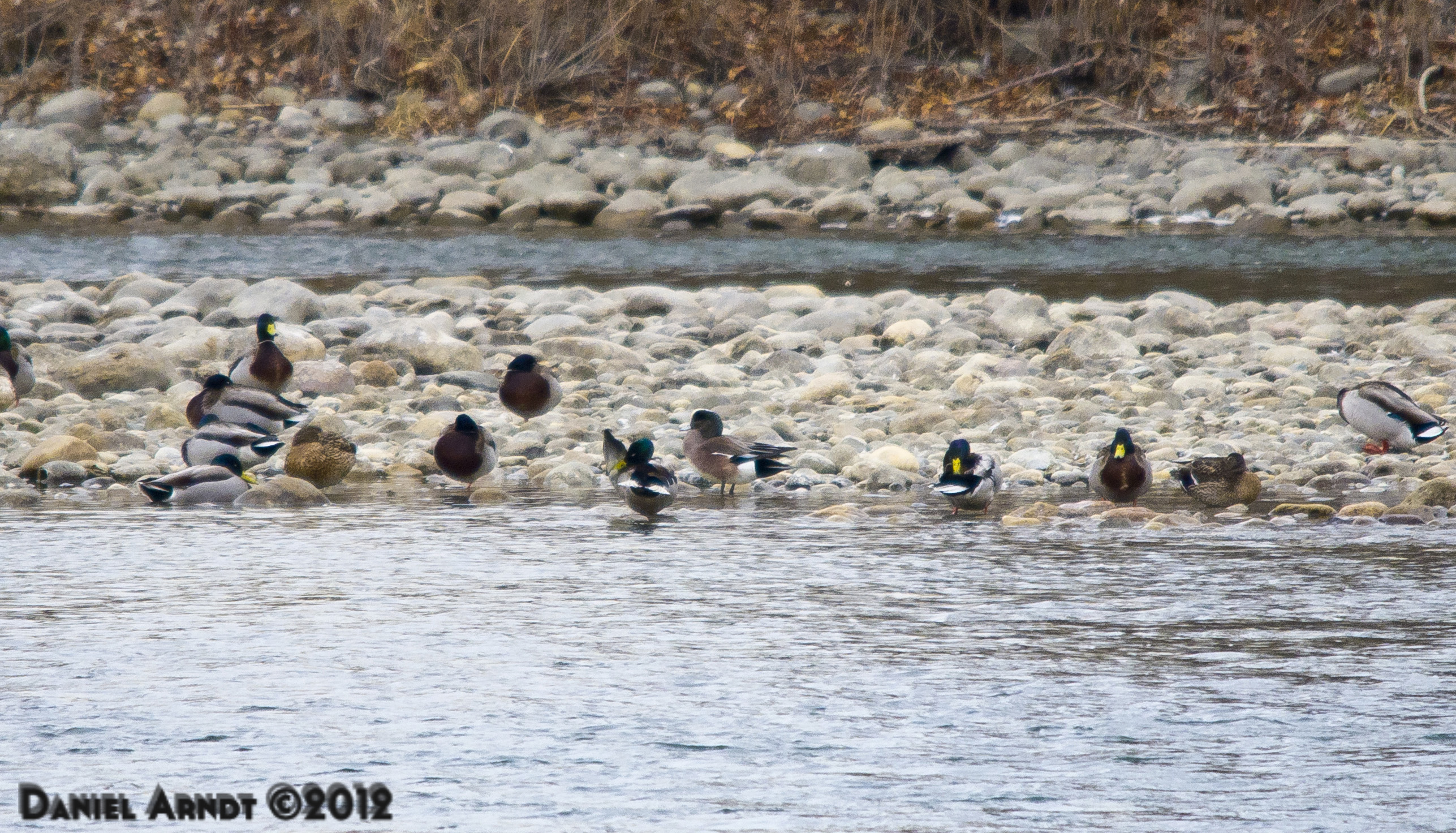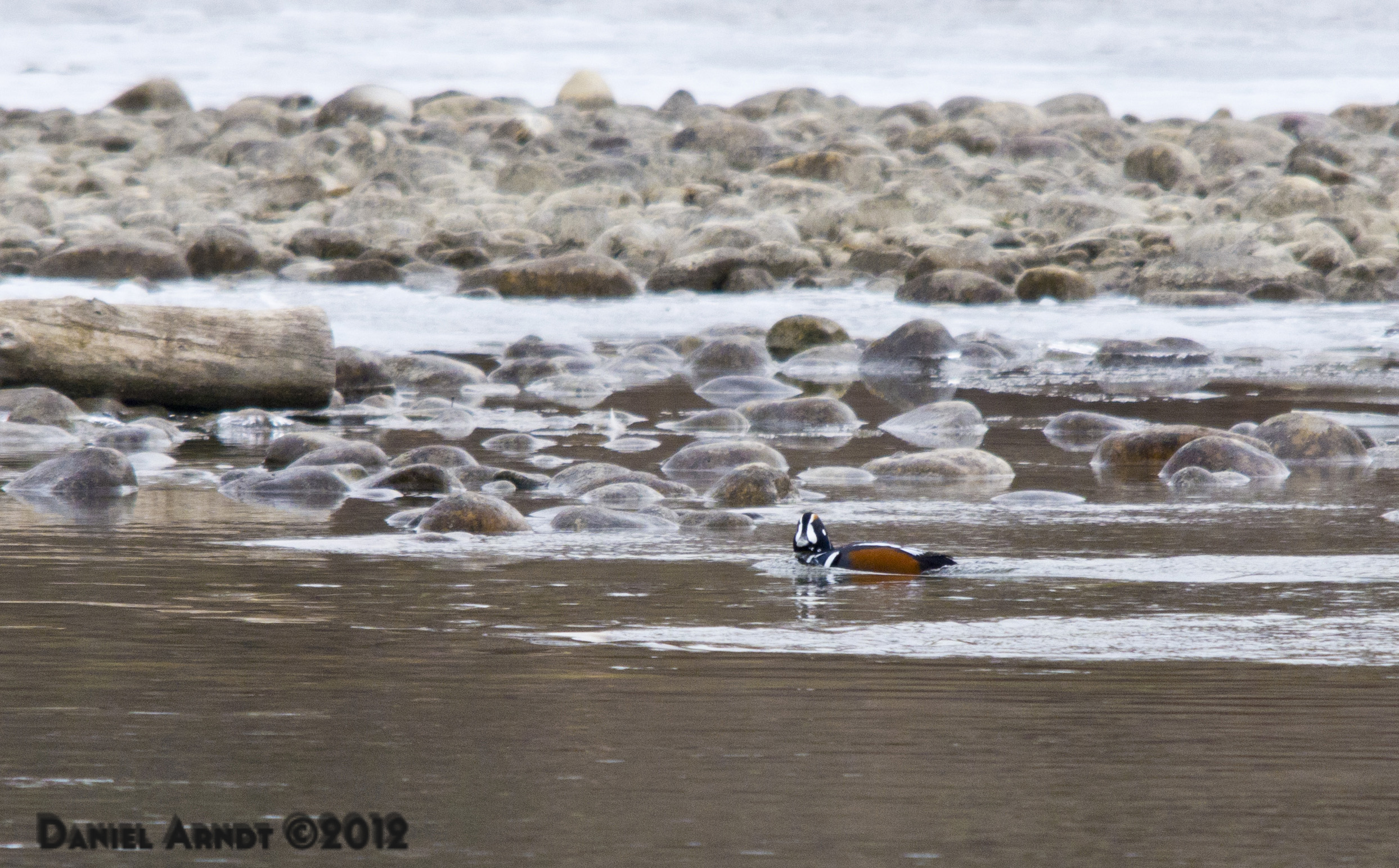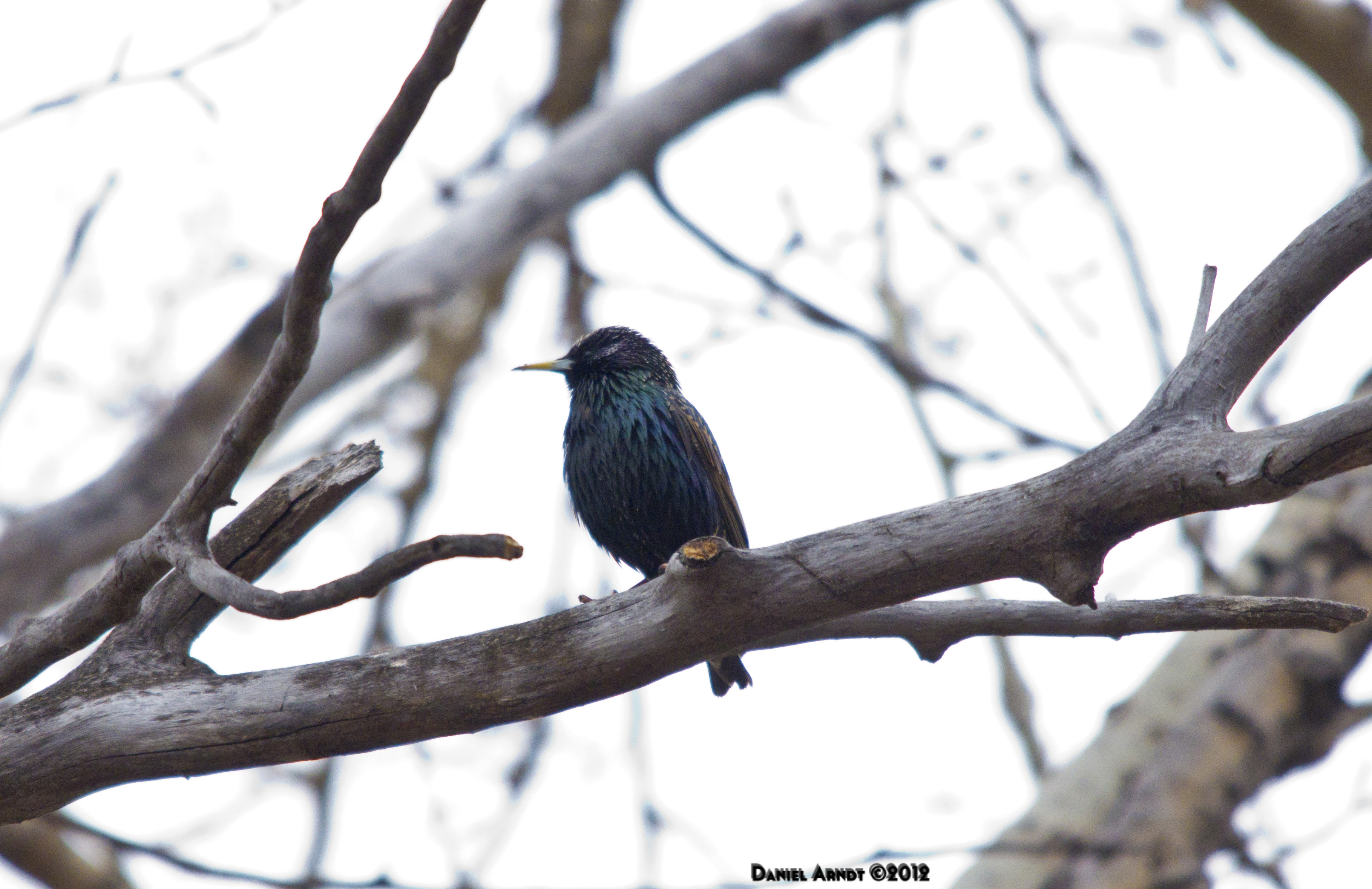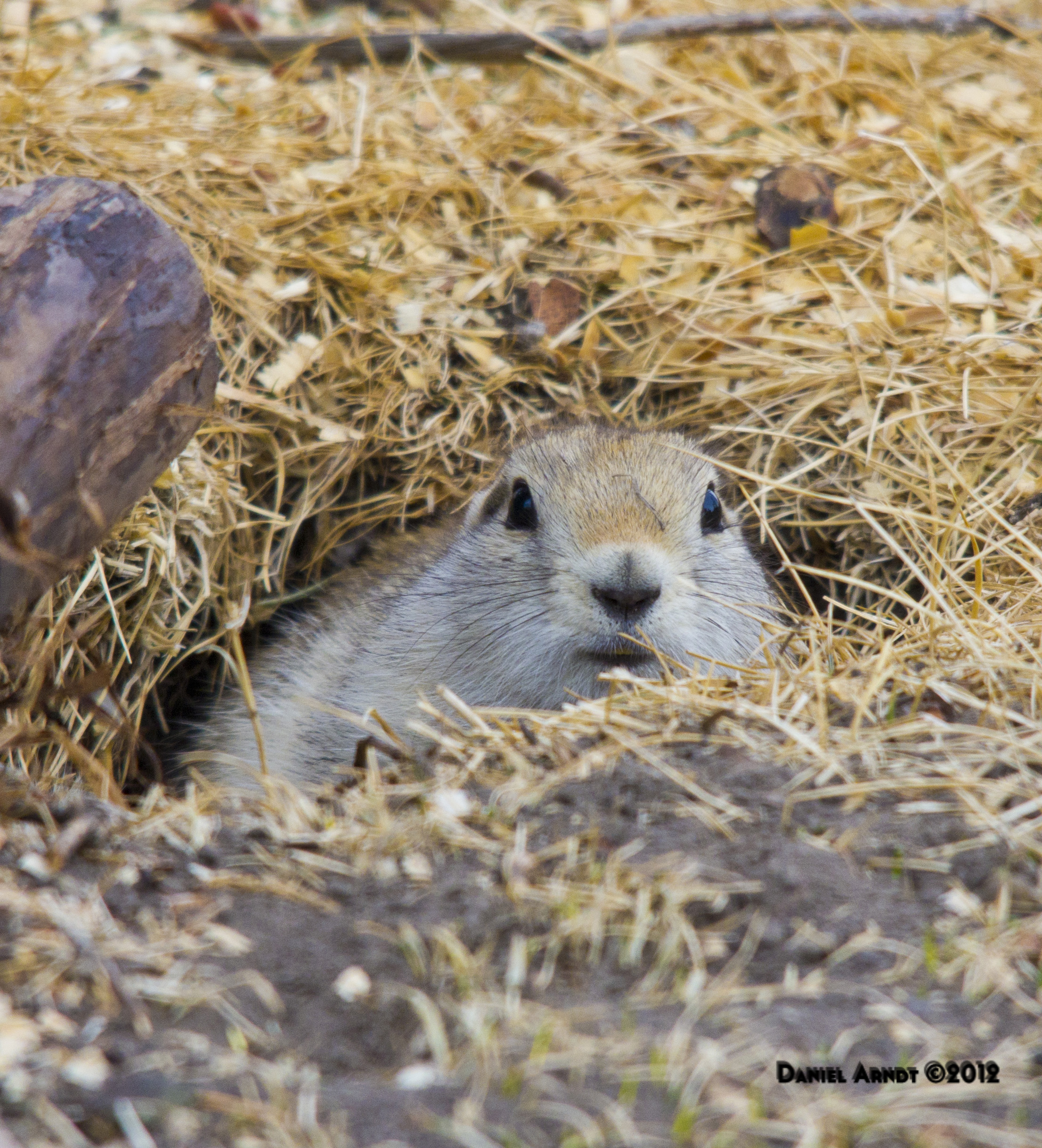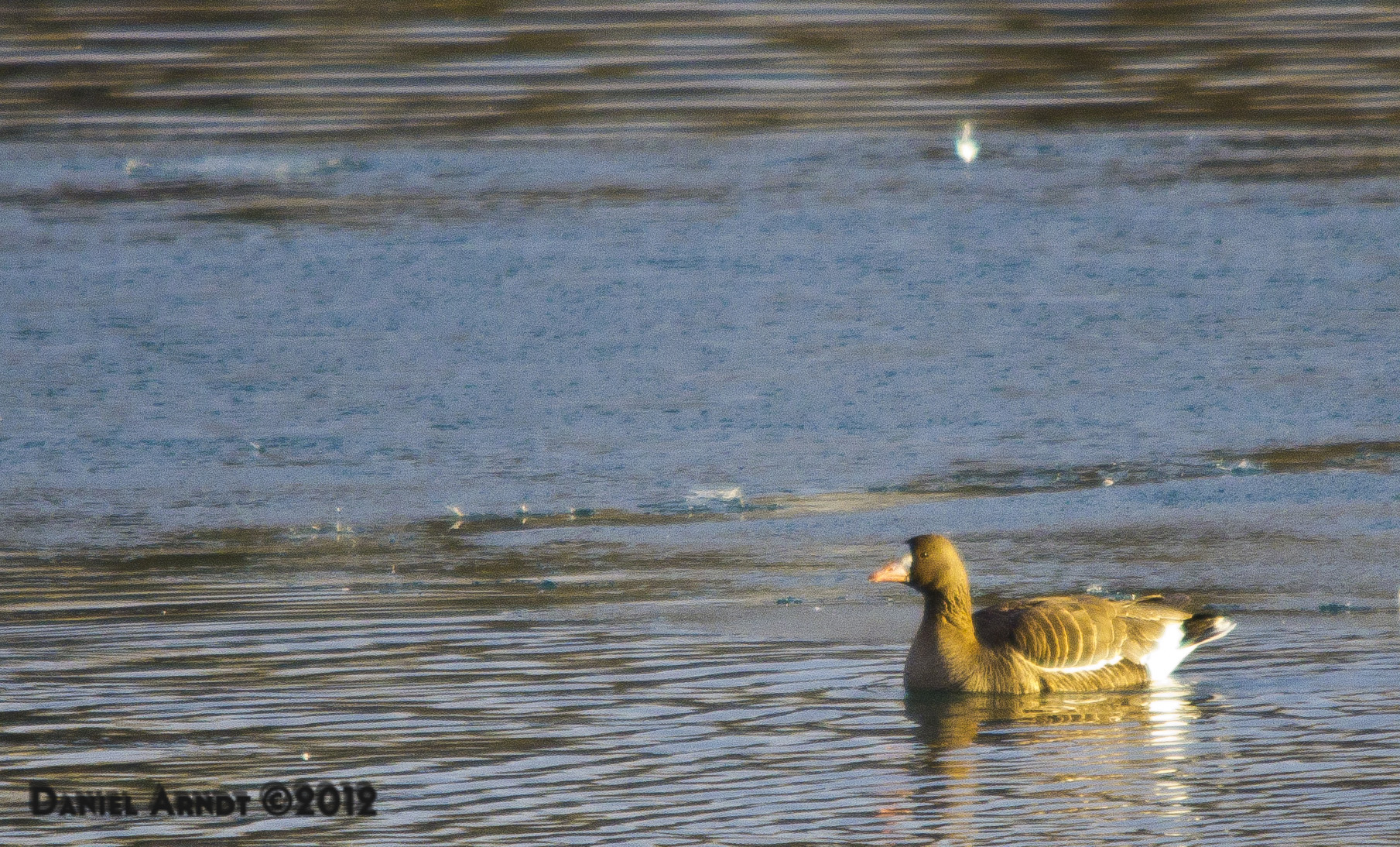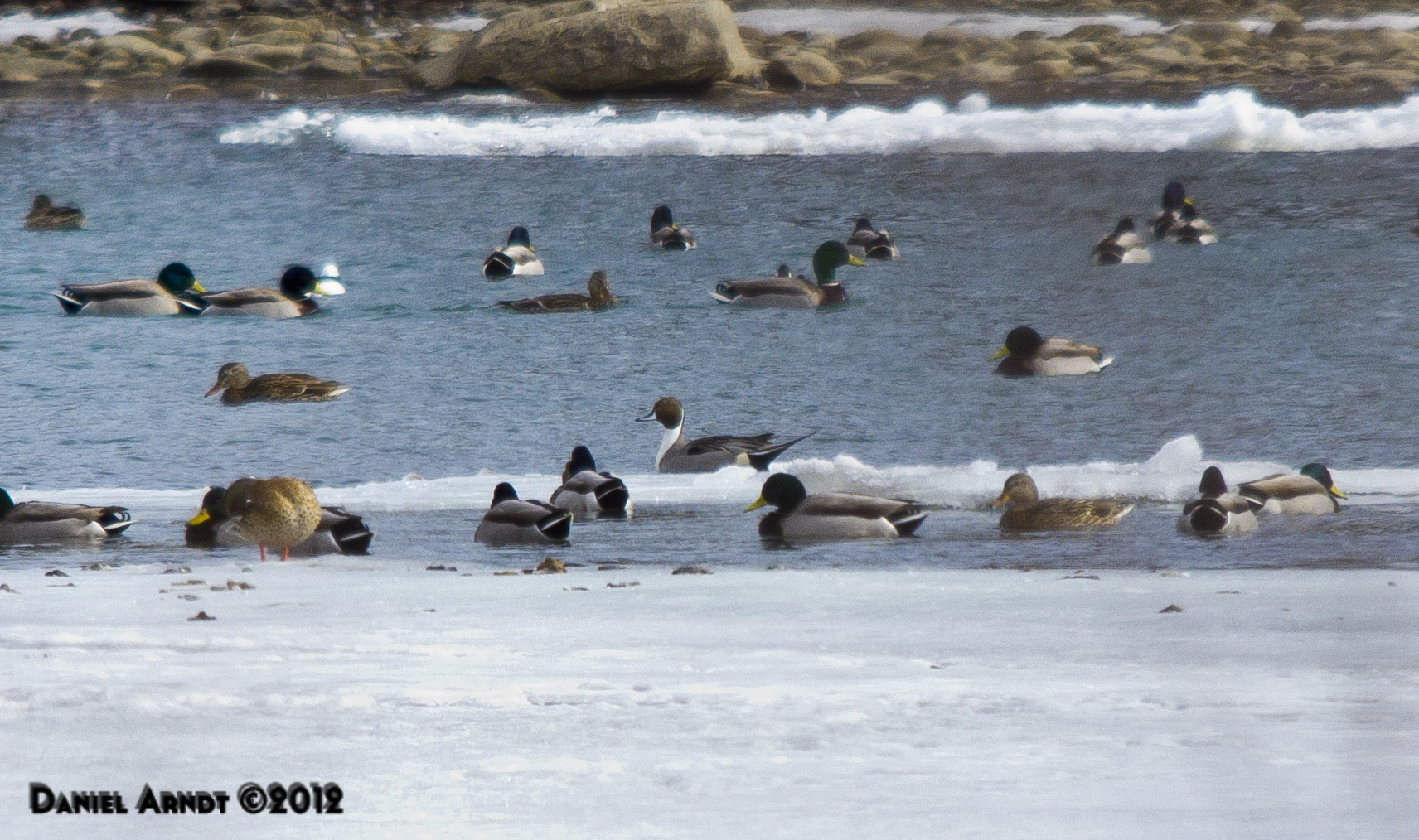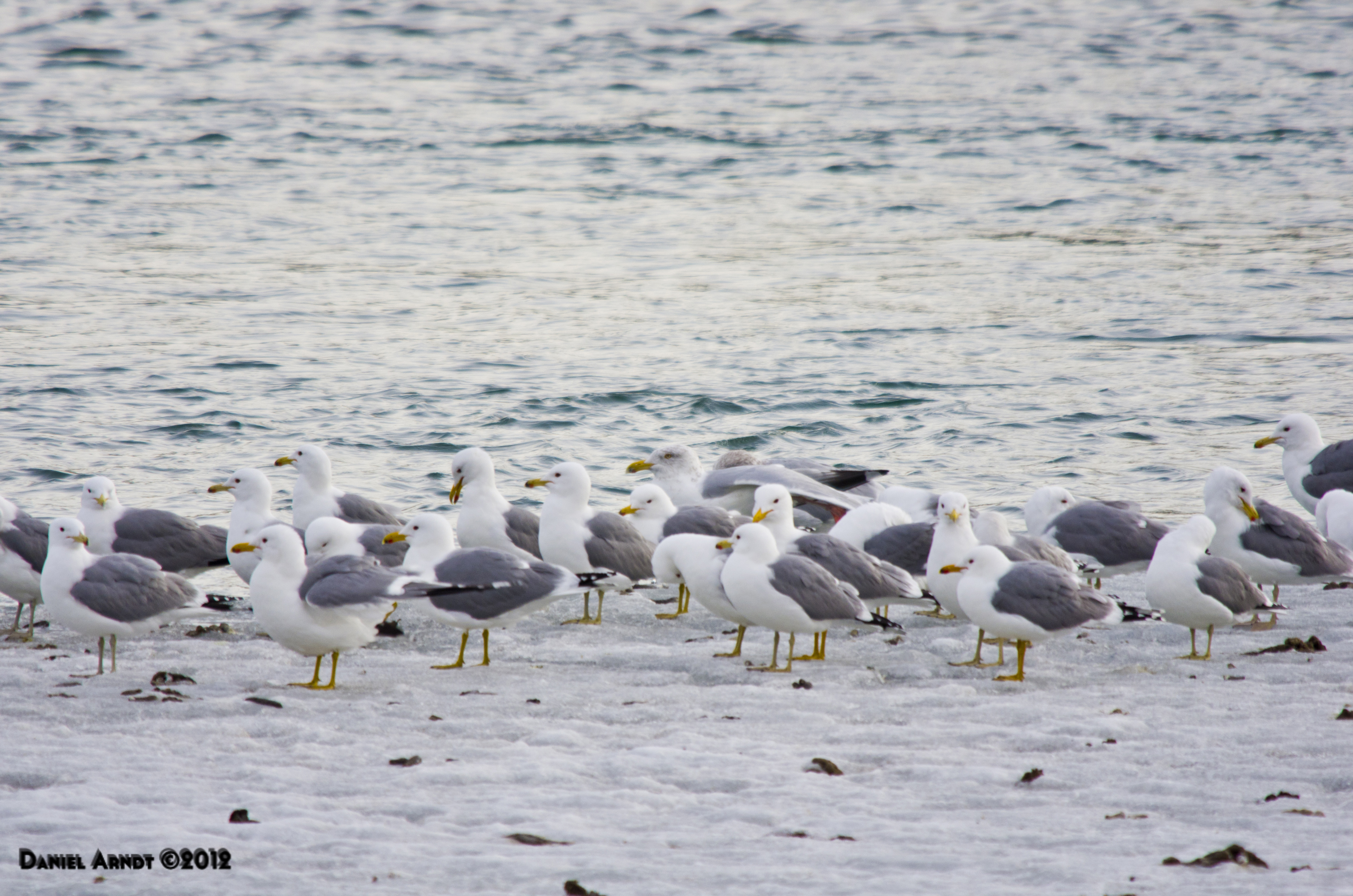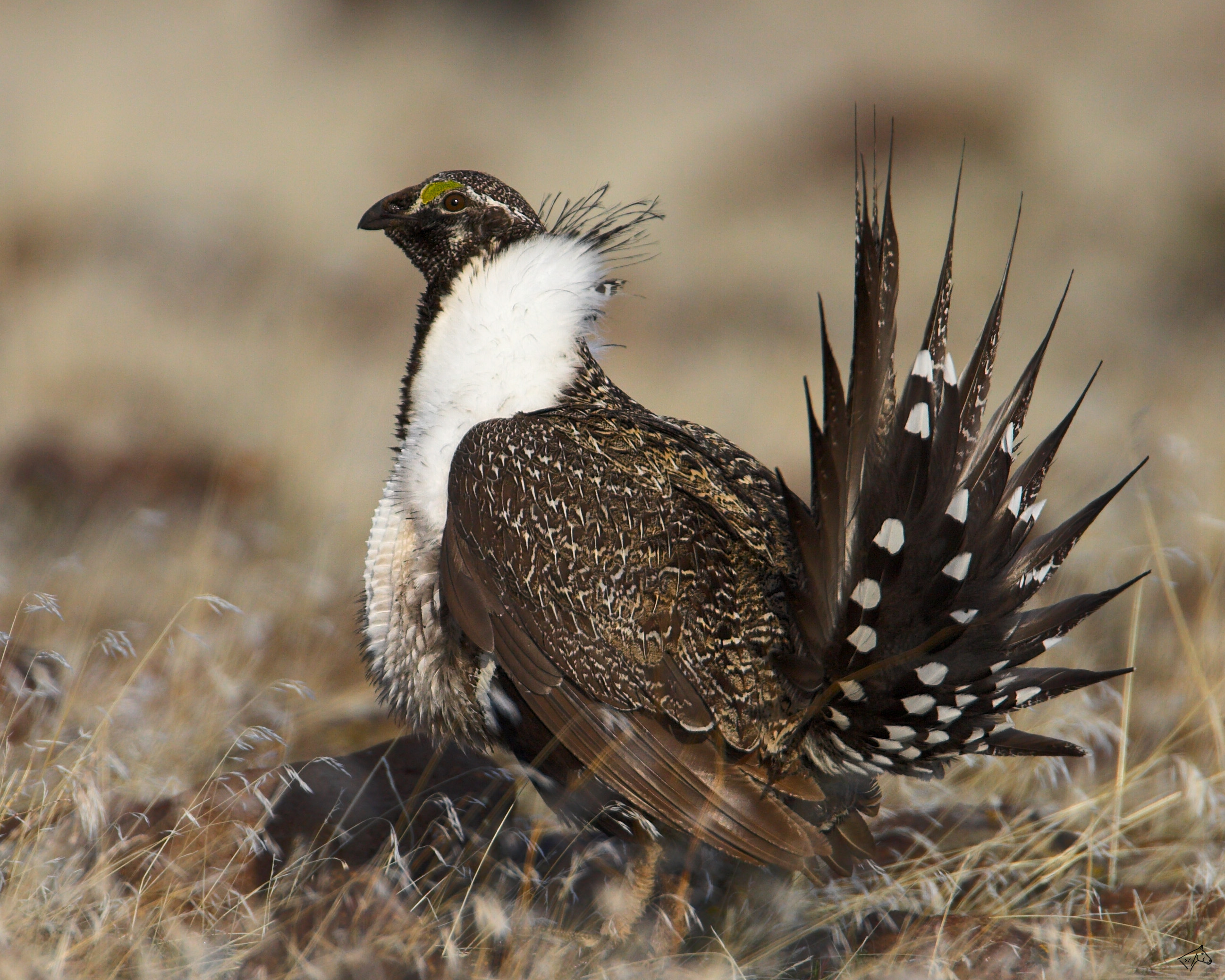Posted byDan Arndt
The final Sunday Morning excursion by the Friends of Fish Creek Winter Birding Course took us to Lafarge Meadows. After going there for the first time with the Fall course, I was looking forward to getting back there as the spring migrants began to filter through, and what a visit it was!
One of the birds that most non-birders consider a sure sign of spring, is the charismatic and well known American Robin, many of which were present and singing their spring song.
Another of the early migrants we were treated to at the beginning of the walk was the ever beautiful song of the aptly named Song Sparrow.
While the field marks weren’t easy to see from that distance, the song was so distinctive that there was no way you could mistake this bird for any other. Over at the boat launch we had some decent views of Common Mergansers (pictured below) and a pair of Lesser Scaup.
We then turned southward to head into LaFarge Meadows proper, checking a few of the ponds near the bridge where we found a few close-ups of some Lesser Scaup and American Wigeon.
As we edged further south along the river, we took note of the huge numbers of gulls both along the river, and in the ponds along the west side that were still frozen, and were greeted by some nicely posing Herring Gulls on a gravel bar in the Bow River, as well as a small number of another new bird for the year, the Franklin’s Gull.
Finally, as we headed back north toward the beginning of our route, I spotted a small bird atop a nearby tree, thinking it may be another sparrow, or maybe even an early swallow species, but was immediately alerted to its identity by the single sharp note of its call, identifying itself as a Northern Shrike!
As we reached the vehicles, all of us were forlorn at the prospect that this was our last walk of the season with that particular group, but all attendees were looking forward to the next round of courses, starting up immediately the following week! Travel will keep me away for the first two weeks of the course, from which I will post some photos on my regular schedule, and but until then, good birding!


















